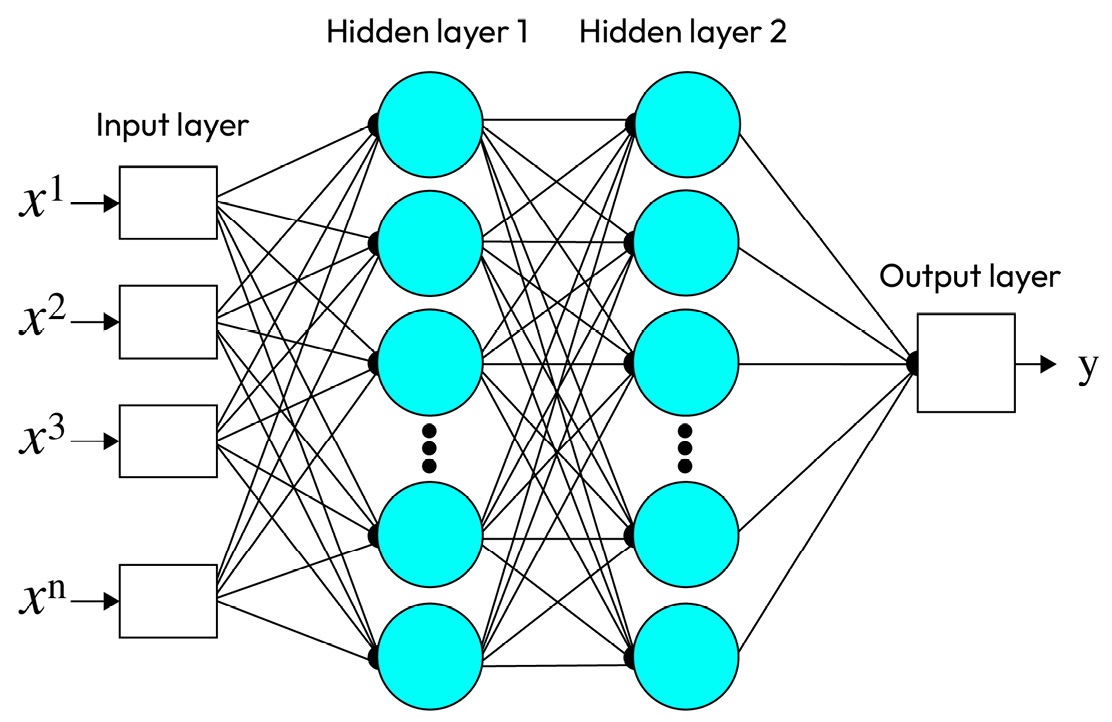Amazon Machine Learning Services
We discussed cloud databases and big data analytics in previous chapters. Part of the data analytics spectrum, machine learning (ML) involves building models or algorithms that enable computers to analyze and learn from data, identify patterns, relationships, and trends that can be used to make predictions or decisions.
Cloud-based ML platforms provide a range of tools and services to support ML workflows of data preparation, feature engineering, model training, tuning, and deployment. Cloud ML can be used for computer vision, natural language processing (NLP), and many other predictive analytics tasks. The Amazon cloud provides platforms for engineers and data scientists to develop ML models from end to end. In this chapter, we will discuss the following topics:
- ML basics: What is ML? What are the objectives of ML? What problems can be solved using ML? What are some basic ML problems?
- Amazon SageMaker: A fully managed AWS ML service...





